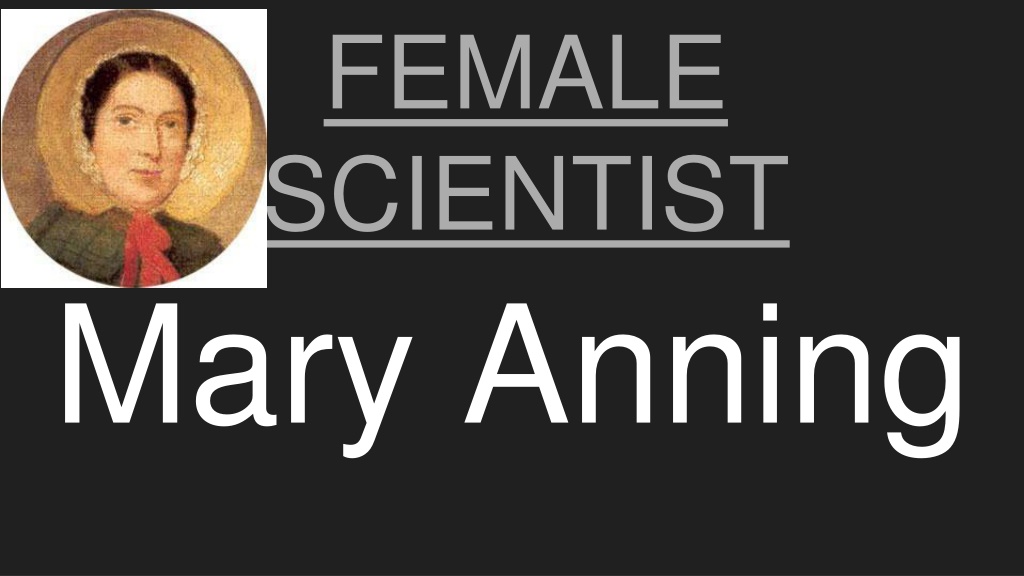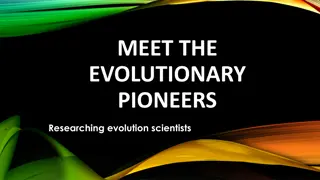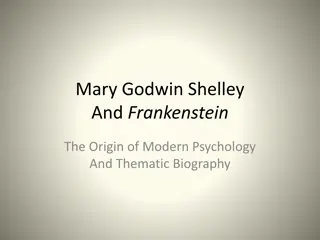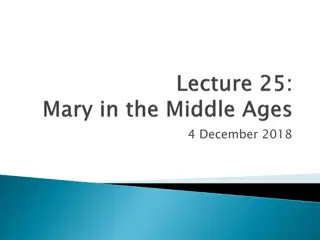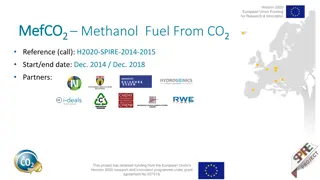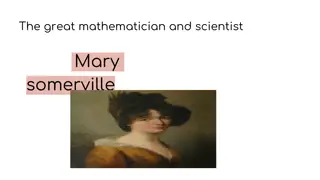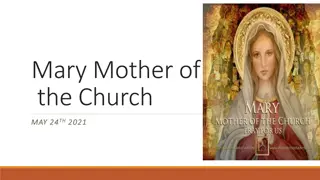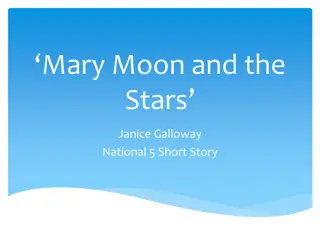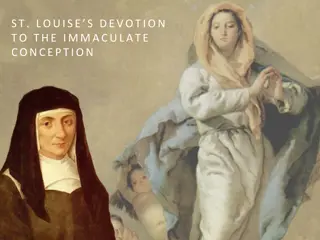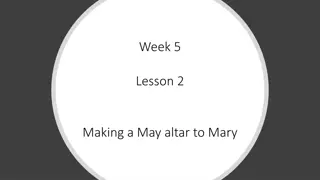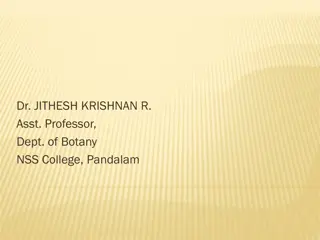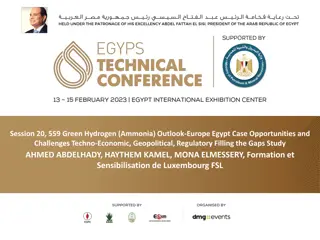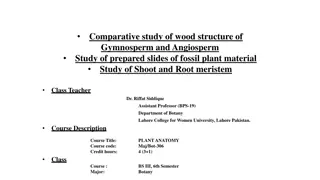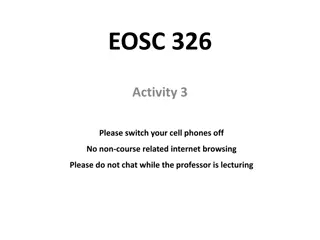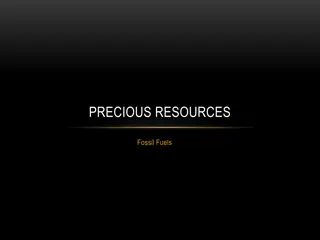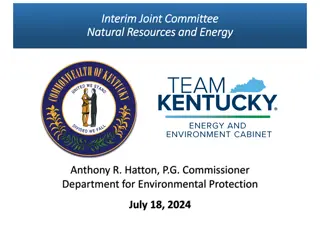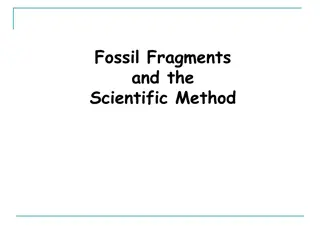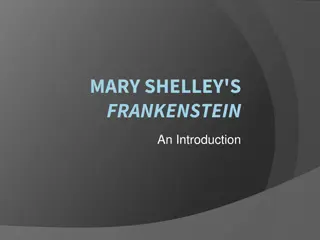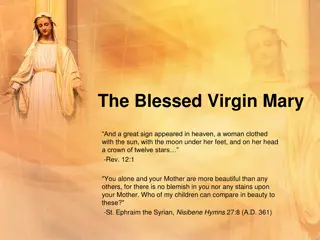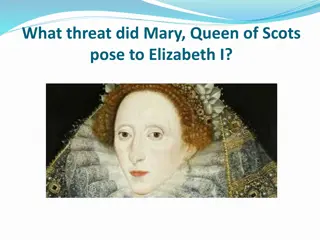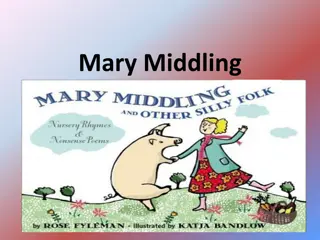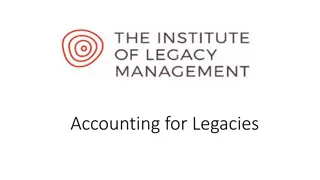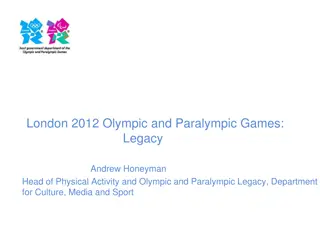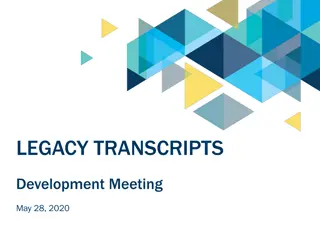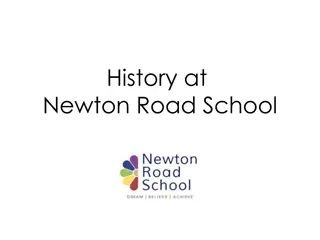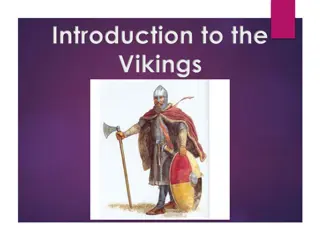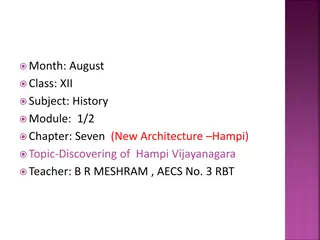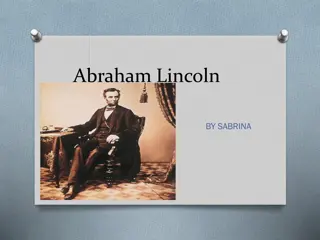Discovering Mary Anning: The Fossil Hunter's Legacy
Mary Anning, a pioneering female scientist born in 1799, made groundbreaking discoveries in paleontology, including finding the complete skeleton of a Plesiosaurus. Despite facing challenges such as financial strain and battling breast cancer, her contributions to science are celebrated through awards like the Mary Anning award. Anning's remarkable life began in Lyme Regis and ended at the age of 47, leaving a lasting impact on the world of paleontology.
Download Presentation

Please find below an Image/Link to download the presentation.
The content on the website is provided AS IS for your information and personal use only. It may not be sold, licensed, or shared on other websites without obtaining consent from the author. Download presentation by click this link. If you encounter any issues during the download, it is possible that the publisher has removed the file from their server.
E N D
Presentation Transcript
FEMALE SCIENTIST Mary Anning
When did she born? 21 May 1799 When did she died? 9 March 1847 In what age did Mary Anning died? 47 years
Why is she famous?ous? In 1823 Mary was the first to discover the complete skeleton of a Plesiosaurus, meaning 'near to reptile'. So strange was the specimen and so quickly had the news spread that soon there were rumours that the fossil was a fake. Georges Cuvier himself disputed the find.
How did she died? Mary died from breast cancer in 1847. She was only 47 years old, and still in financial strain despite a lifetime of extraordinary scientific discoveries.
Facts about Mary Anning. In 1800 a lightning bolt struck little Mary Anning. She was 15 months old. The three older girls taking care of her all died; but Mary's parents managed to revive her. Of course, as Mary Anning's fame spread, so did that story.
Awards. The Mary Anning award is open to all those who are not professionally employed in palaeontology but who have made an outstanding contribution to the subject. Such contributions may range from the compilation of fossil collections and their care and conservation, to published studies in recognised journals.
Where is she living? The Mary Anning award is open to all those who are not professionally employed in palaeontology but who have made an outstanding contribution to the subject. Such contributions may range from the compilation of fossil collections and their care and conservation, to published studies in recognised journals.
Where did she born? Her lifetime was a constellation of firsts. Mary Anning was born in 1799 in Lyme Regis, in the southwest English county of Dorset. Lyme Regis is now part of what is now called the Jurassic Coast, and discoveries are still being made to this day.
Where did she died? Mary Anning died March 9, 1847, Lyme Regis, prolific English fossil hunter and amateur anatomist credited with the discovery of several dinosaur specimens that assisted in the early development of paleontology.
Why she didnt go to school? Anning didn't attend school as she needed to earn money for the family, and it was too expensive at the time to attend. She taught herself how to read, write and draw, and read all about anatomy to help her understand the way the fossilised animals that she found were formed.
